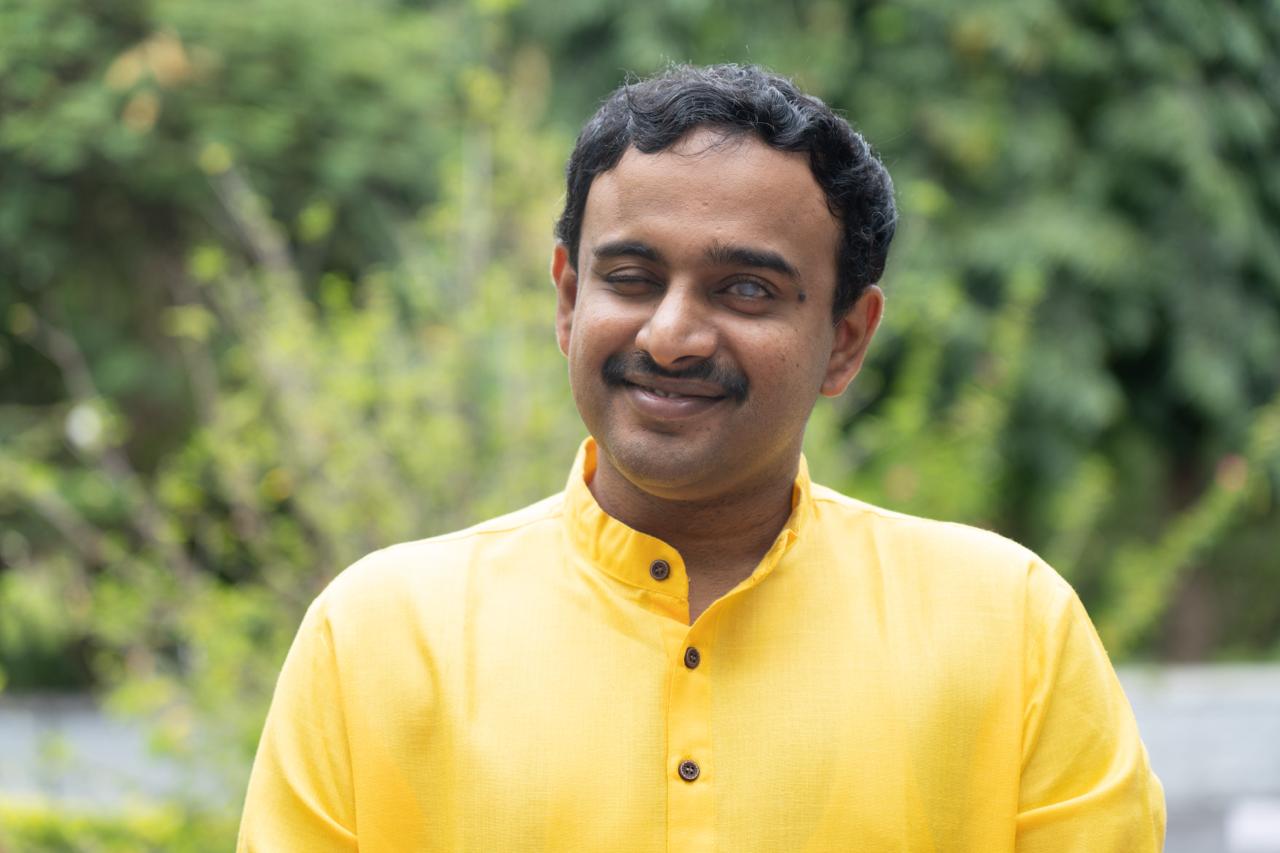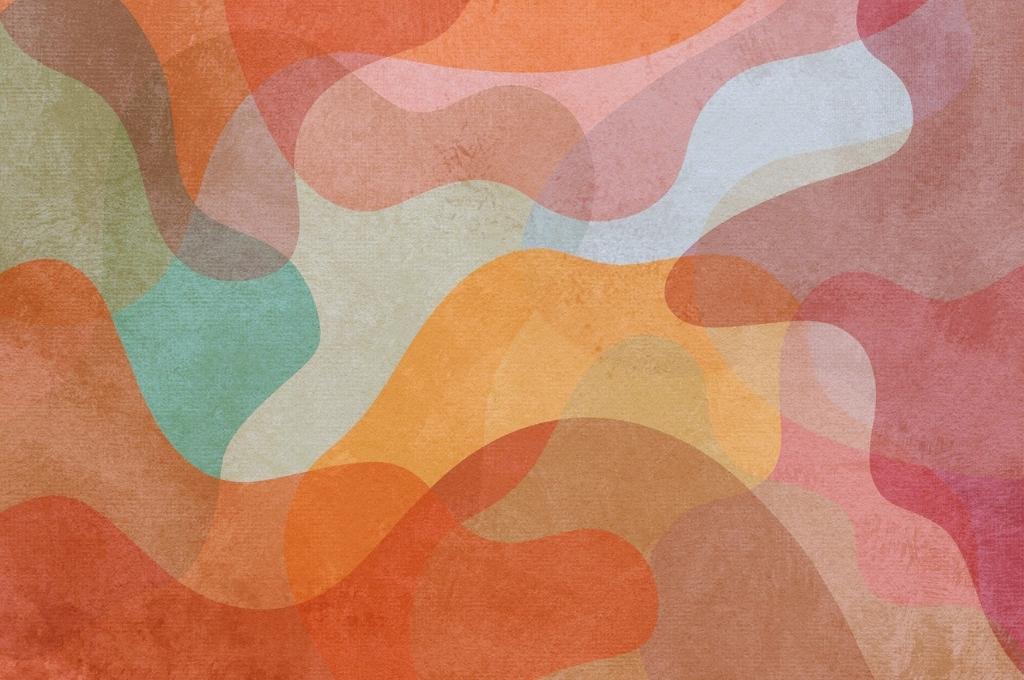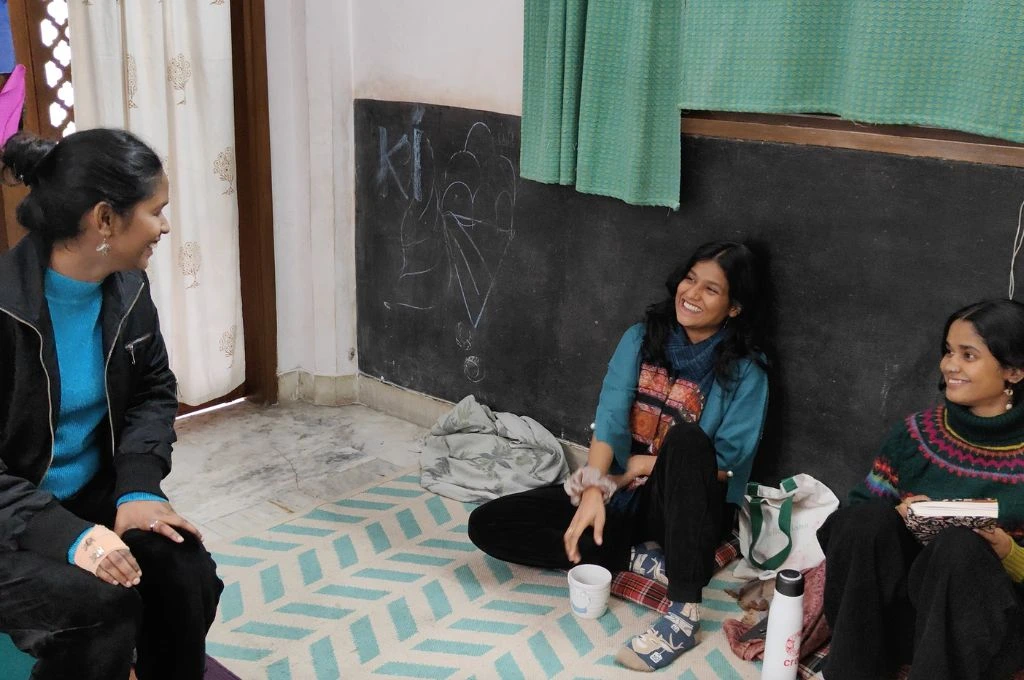At the recently held COP 28, the Disability Caucus—an informal group comprising international collectives that engage in disability advocacy—called for the inclusion of persons with disabilities in climate action. There are two facets to this call for inclusion. On the one hand, persons with disabilities “bring unique experiences and knowledge to the table of climate negotiations”. On the other, most nations—including India—do not refer to persons with disabilities in their country’s plans to reduce emissions, signalling how far removed disability is from climate action.
Persons with disabilities are a vulnerable group and have lower access to services available to them than those without disabilities. And yet, even as the effects of climate change manifest themselves—rendering persons with disabilities more susceptible to poverty and food insecurity, and leaving them unable to be evacuated, among other things—there is a distinct lack of conversation between those working in the disability space and those working in the climate space.
I work with EnAble India, a nonprofit organisation dedicated to fostering the economic independence and dignity of persons with disabilities as well as nurturing the growth of the purple economy (a new economic vision to create equitable opportunities for all citizens, including persons with disabilities). Based on my interactions with persons with disabilities, here are some ways in which they are affected by climate change and extreme climate events:
1. Impact on physical health
One of the most visible effects of climate-induced weather events is the adverse impact on any existing health conditions that persons with disabilities might have. For example, those with certain neurological conditions can find it hard to carry out day-to-day activities during extreme heat events. Jeeja Ghosh, a disability rights activist who lives with cerebral palsy (CP), says that during extreme winters or heatwaves, the mobility of persons with CP is affected. “In winter, we tend to lose our balance. If it is too hot or humid, we sweat more than persons without CP, which is very inconvenient.”
Further, since emergencies also affect supply chains, those living with chronic health conditions may lose access to required medication. Many persons with disabilities have contacts on whom they depend to regularly deliver such medication. However, with emergencies, someone’s local chemist may have trouble both with procuring drugs at their end as well as delivering it to a person with disability.
2. Impact on independent living
Many persons with disabilities depend on assistive technologies and applications to navigate life. This includes using a map to reach somewhere, ordering food, and reading. Some of these technologies depend on internet and electricity, which means that when there’s a power loss during weather-related emergencies, people suffer. Sathya and Stallone, who work with EnAble India and are persons with vision impairment, say, “We lose electricity, and with it our ability to navigate day-to-day life. Also, in the absence of an accessible alert system, evacuation becomes very dangerous. Technology plays a big role in making us feel self-sufficient, so without it we are robbed of our independence.”
Pradip and Aney, two Deafblind students at Mumbai’s Helen Keller Institute for Deaf and Deafblind, had a similar experience in July 2006, when the city witnessed heavy rains. They, along with two other Deafblind friends, decided to go home during the rains. Assisted by Dev, their Deaf helper, the four boarded a local train but had to walk along flooded tracks when the train came to a halt. During this time, Pradip and Aney got separated. While their two friends were able to reach home with Dev’s help, Pradip and Aney found themselves stuck in floodwaters. The mobile phones they had at the time lacked accessibility features, so to get home they located and boarded a bus, which also had to stop shortly afterwards due to the rain. Finally, they decided to spend the night on the stationary bus, but at that point they were taken in by a kindly passenger who provided them shelter. With her husband’s assistance, they safely returned home the next morning.
3. Impact on livelihoods
Some of the expected effects of climate change, such as coastal flooding or heatwaves, negatively affect everyone. For example, if a coastal region is flooded, all the street vendors working in the area will have to find alternative locations to set up shop. However, the challenge is heightened for a person with disability. A wheelchair user will have to make additional efforts to find an accessible place; similarly, a blind person may need to familiarise themselves with their new surroundings. Therefore, the impact is not limited to finding and building a customer base in a new market, but also involves thinking about how to make the new place more accessible such that they can go and work there. This is a time-consuming process as well, because people usually have to do this at an individual level.
Keeping these challenges in mind, here are some recommendations for policymakers who work on designing climate change policies so that persons with disabilities aren’t left behind.

Suggestions for policymakers
1. Tweak emergency response systems
During COVID-19, when wearing masks became compulsory, it was difficult for people from the Deaf community to lip-read. In some cases, this also affected the information they could receive from television broadcasts. This is not an isolated example. A lot of the time, during an emergency, TV channels flash helpline numbers at the bottom of the screen or have someone read them out. However, such dissemination strategies might not work for people with certain kinds of disabilities.
Building platforms that do not require internet access—approximately 70 percent of India’s population has poor connectivity and digital access—and have regional language support can help circulate necessary information. An interactive voice response system, such as the initiative launched in Tamil Nadu to detect COVID-19 based on symptoms or EnAble India’s EnAble Vaani, which functions as a community-driven social networking platform in rural India and is available in four regional languages, is one solution.
Designing without consideration for persons with disabilities will necessitate a lot of catching up at later stages. Climate change emergencies may require people to be evacuated and/or rescued, and to coordinate such efforts, impeccably designed information systems will be needed. The government is already testing emergency SMS broadcasts, but much more will have to be done. Beyond text messages, broadcasts can include audio messages and short sign language videos. Persons with disabilities and rescue teams should also be equipped with disability-specific communication tools to be used during emergencies.
On-ground search and rescue operations can only proceed in a timely manner if persons with disabilities are located quickly. In such cases, a database containing relevant information of persons with disabilities and their needs can come in handy.
For this purpose, existing grassroots networks can be leveraged. For example, EnAble India’s Garv Se centres (which help strengthen the livelihoods ecosystem for PwDs by enabling collaboration between various stakeholders) can work as a point of contact between persons with disabilities and search and rescue teams. Those part of such programmes can be trained to conduct emergency response actions, as these centres already have an established presence in certain regions and are involved with the local community of persons with disabilities.
2. Develop specialised rescue systems
As mentioned earlier, supply chains may be affected during emergencies, and for persons with disabilities who live with chronic conditions, this sometimes means not receiving medical care on time. In such situations, the emergency itself poses a smaller threat to them than their own health. So, systems need to be in place to ensure that those who require medication receive it.
In addition, rescue personnel should also be given specific training to assist persons with disabilities. For example, a person with brittle bone disease—a genetic condition in which bones are fragile and break easily—might have to be evacuated differently than someone without it. Alternate accommodations may need to be built for persons with brittle bone disease, and if such accommodations are not available, it might even be safer for such a person to stay put than to be evacuated—given how prone they may be to injury. Similarly, individuals with conditions such as anxiety or autism may require individualised assistance to safely navigate the sensory overload and chaos. So, besides varied support such as noise-cancelling headphones, they may need someone who is trained in neurodiversity.
Interestingly, apart from making care available to persons with disabilities, developing a comprehensive response and rescue system for persons with disabilities may accomplish multiple goals. It can produce a whole new range of jobs that require a specialised set of skills, and this skill set may be of use not only to those with disabilities but also those who are undergoing health complications or are otherwise similarly vulnerable. For example, think of someone who twisted their ankle the day before and has to leave a building during a fire—this person could also benefit from wheelchairs or ramps that are designed to accommodate wheelchairs.
3. Always design for inclusion
Often, persons with disabilities are an afterthought when it comes to policymaking and they are not involved in the planning and design process. Steps are taken to include persons with disabilities in policies only when it becomes clear that they have been negatively affected or ignored. This can be seen during climate emergencies but also in everyday life.
A design that’s inclusive of persons with disabilities is great for everyone. This is because when flexibility is the norm, the design helps everyone. At EnAble India, for example, we had a programme where we worked with one of the public sector banks that employs persons with low vision and blindness as tellers (passbook operators) in rural bank branches. To help customers access their passbooks, the tellers have to read the number and manually input it into the system. However, in this case, we worked with the bank to have the passbook numbers added as barcodes. This made it possible for tellers with disabilities to read the numbers too.
Even though here persons with disabilities benefitted from the technique, bank account numbers are generally long and everyone—not just a person with disability—is bound to make errors. This means assistive technology, such as the one we used, can be advantageous to people across the board.
In addition to being included in climate policies and design, persons with disabilities should be actively given space in ‘green jobs’, which span multiple sectors and are poised to grow in the next decade. Apart from providing them more employment opportunities, this will ensure that persons with disabilities are co-creating environmental solutions that aren’t ableist and enriching climate conversations by adding an important intersectional lens.
For these changes to happen, there is a need for conscious efforts on the part of corporates, robust government policies, and support from civil society.
Jeeja Ghosh, Sathyanarayana Reddy, and Stallone Perris, who work at EnAble India, contributed to this article.
—






